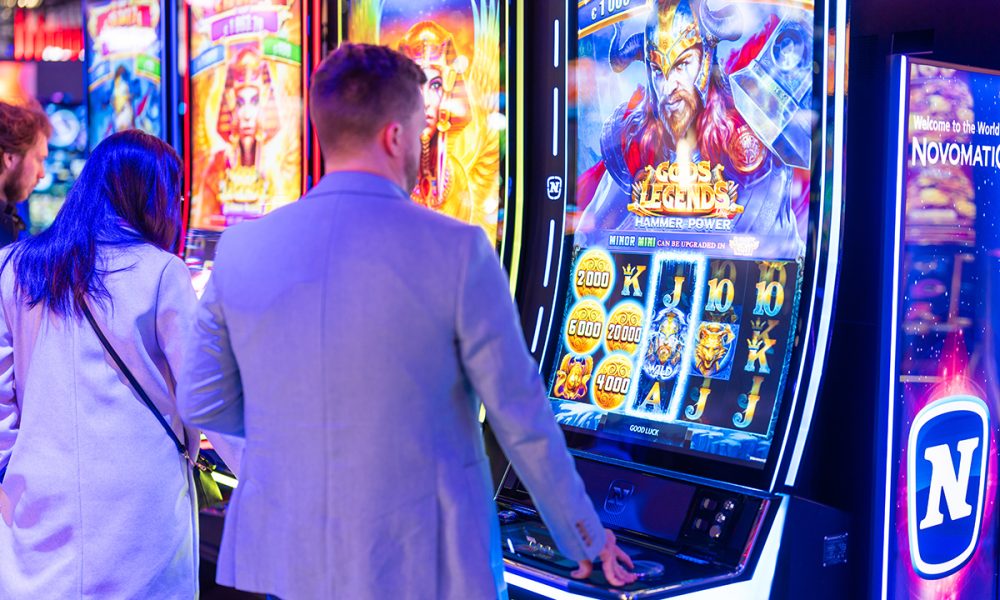Bonus wheel games operate through predetermined segment distributions that determine prize allocation probabilities across circular game boards. These games feature spinning mechanisms triggered by specific in-game events, creating secondary gameplay opportunities beyond base game mechanics. The structural design incorporates multiple prize tiers, multiplier values, cash awards, and special feature activations that enhance player engagement through interactive spinning elements rather than passive outcome waiting. SSGAME56 adapts each online casino feature to comply with industry standards. The wheel structures require careful calibration, ensuring fair prize distribution while maintaining engaging gameplay experiences. These design considerations influence visual presentation and underlying probability calculations, determining long-term payout percentages across all possible outcomes.
Segment probability distribution
Wheel games divide their circular playing surface into predetermined segments containing various prize values, with each section assigned specific probability weightings that determine selection likelihood during spinning events. Higher value prizes typically occupy smaller segments or fewer total positions, while lower value awards claim larger portions of available wheel space to maintain appropriate payout ratios. The distribution patterns vary, especially between different wheel implementations, with some featuring equal-sized segments but weighted selection algorithms. In contrast, others use visually different segment sizes that directly correspond to their selection probabilities. This structural approach ensures players can observe potential outcomes while maintaining unpredictable results through random number generation systems.
Trigger mechanism variations
- Base game achievement unlocks – Specific symbol combinations or score thresholds activate wheel bonus rounds during regular gameplay sessions
- Time-based interval triggers – Automated wheel opportunities appear after predetermined playing periods, regardless of game performance
- Purchase option availability – Direct wheel access through optional buy-in features that bypass standard trigger requirements
- Progressive accumulation systems – Wheel access earned through collected points or achievements across multiple gaming sessions
These trigger variations create different player engagement models, from earned rewards through skilled play to guaranteed opportunities through time investment or direct purchase options. The diversity enables developers to target different player preferences while maintaining wheel game appeal across various gaming styles and commitment levels.
Prize tier architecture
Bonus wheels typically feature hierarchical prize structures with multiple value categories ranging from small consolation awards to substantial jackpot prizes. The tier system creates anticipation through visual representation of potential outcomes while ensuring most spins provide some form of reward to maintain positive player experiences during bonus rounds. Premium tier prizes often include cash multipliers, free game rounds, instant jackpot awards, or access to additional bonus features that extend gameplay beyond the initial wheel spin. Mid-tier rewards frequently consist of moderate cash prizes, smaller multipliers, or extended playing time through additional spins or credits that sustain engagement without major bankroll impacts.
Wheel games accommodate extensive customization options that allow operators to align bonus features with specific themes, seasonal events, or promotional campaigns. The customization extends beyond visual appearance into prize structures, trigger conditions, and special features that create unique wheel experiences tailored to market segments or player demographics. Branding integration enables operators to incorporate specific imagery, colour schemes, sound effects, and prize types that reinforce overall platform identity while maintaining wheel game functionality.

